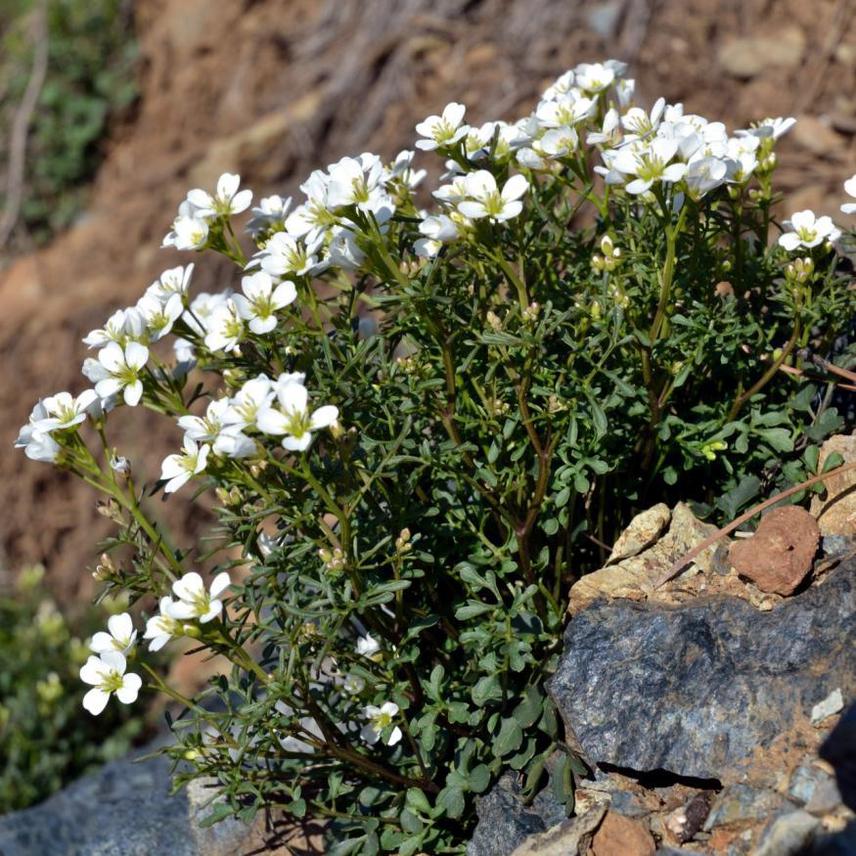Djordjije Milanovic
The project should provide unique database on recent distribution of endemic and rare vascular plants of serpentine habitats in NW Bosnia with main objective to be used for proper assessment of threatened status of those species within territory of Bosnia and Herzegovina. The special attention should be paid on species listed in Annex II of the Habitats Directive to have a better knowledge of their distribution within this country in order to define new potential Sites of Community Importance (pSCI - Natura 2000 sites) in Bosnia and Herzegovina.
The Project has a few aims:
• To provide precise and high-quality data about population state and distribution of endemic and threatened plant species of serpentine habitats in NW Bosnia;
• Creating a comprehensive database which will be useful for proper assessment of threat status of endemic and rare vascular plants of serpentine habitats within the Red List of Threatened plant species of Republic of Srpska/B&H;
• Demonstrate that with proper education and minimum funding, civil society-locals, and employees of National Park and Forestry Agency, can be actively involved in promotion and management of endemic and threatened species of Bosnia and Herzegovina.

The project should provide unique database on recent distribution of endemic and rare vascular plants of serpentine habitats in NW Bosnia with main objective to be used for proper assessment of threatened status of those species within territory of Bosnia and Herzegovina.
Special attention will be paid on interesting flora of endemic Balkan grasslands (Polygonion albanicae, Halacsyetalia sendtneri) as well as endemic black pine forests on serpentines (Orno-Ericion serpentinicum, Erico-Pinetalia).
The field work will be carried out at all known serpentine sites with bare substrate on the surface (Rudine at Kozara Mt, Vrbanja near Banja Luka, Jošavka, Pribinić, Čečava, Ljubić Mt,Borja Mt and Velika Usora valley), because only bare substrate are inhabited by typical, endemic and rare, serpentine flora.